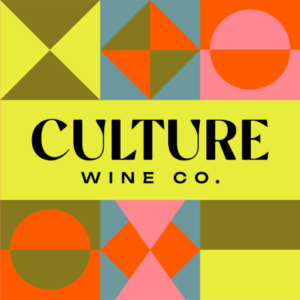Stellenbosch
Considered one of the world’s premier wine centers, Stellenbosch is THE heart of the South Africa’s winelands and often considered ‘The Cape’s Answer to Napa Valley’. Whether it’s the jaw-dropping beauty, historic wines, or world-class restaurants and accommodations, this region is one of the world’s greats.
Odds are the images you’ve seen of South African vineyards – those photos with dramatic granite mountaintops looming over Cape Dutch homes and verdant rows of grapes – are of Stellenbosch. While not the oldest vineyard land in the country (Constantia owns that record), it’s certainly the most stunning.
Stellenbosch is home to South Africa’s most developed vineyards from the perspective of both international commerce and tourism. There’s a seriously fun and memorable time awaiting any traveler. Its university also offers a world-renowned viticulture and enology program, ensuring a constant funnel of brilliant winemakers joining the scene. With a perfect climate, landscape, and endless supply eager young winemakers, it’s clear to see why Stellenbosch produces such high-quality wine.
Stellenbosch was established in 1679 by Governor Simon van der Stel, making it the second oldest town in South Africa. With its Mediterranean climate and fertile soils, where just about anything can grow, it quickly became the hub for winemaking in the Cape Colony. Under van der Stel’s guidance, Stellenbosch flourished as vineyards spread across the landscape, laying the foundation for what would become South Africa’s most premier wine region.
As the years went by, Stellenbosch’s wine industry continued to evolve and adapt to the changing times. The arrival of French Huguenot immigrants in the late 17th century brought much-needed winemaking expertise and introduced new grape varieties to the region, which elevated the quality tremendously (See Franschhoek).
The 20th century saw South Africa navigate through the horrific racial segregation and political turmoil introduced by Apartheid. Despite the difficult circumstances, the region’s winemakers persisted, and their commitment to quality winemaking remained unwavering.
Throughout the Apartheid era, all South African wineries also lost access to international markets. Most could only sell wine through their cellar doors, which meant tourism was its only means of business. However, some winemakers focused on maintaining their craft, preserving old vineyards, and exploring new winemaking techniques.
These efforts laid the groundwork for the modern Stellenbosch wine industry that emerged after Apartheid ended in 1994. Today, Stellenbosch is celebrated for its diverse range of premium wines, blending traditional winemaking practices with innovative approaches, and continues to captivate wine enthusiasts from around the world.
Today, Stellenbosch has the most acreage of Old Vines Certified bush vineyards in all South Africa (2,500). This heritage stock allows for an incredible array of wines made that truly reflect the unique landscape. The most common grapes here are Bordeaux and Rhone varietals, Cabernet Sauvignon, Merlot, Cabernet Franc, Syrah/Shiraz, Pinotage, Chenin Blanc, Sauvignon Blanc, and Chardonnay.
Stellenbosch is a sizeable region, with nearly 20% of all South Africa’s vineyards. There are nine wards, or sub-regions, within Stellenbosch, all of which offer a distinct climatic, soil, or aspect difference from the other. These are listed below.



